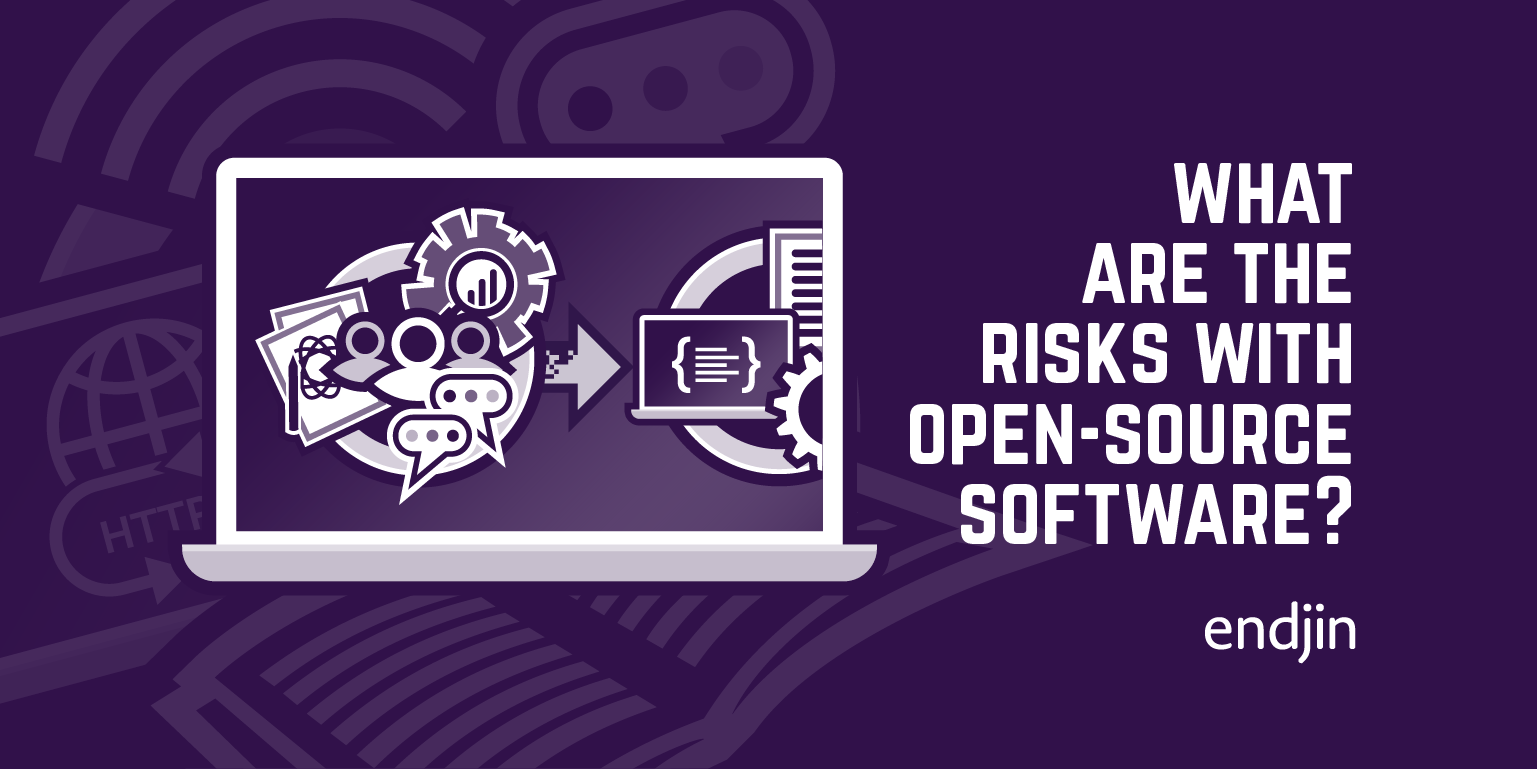Open Source Software Explained Benefits, Risks, and Examples
Open Source Software (OSS) has revolutionized the software development landscape, empowering developers and organizations worldwide to build and innovate collaboratively. Imagine a software program built not by a single company, but by a global community of contributors. This is the essence of OSS. This article delves into the core principles of OSS, examining the benefits, risks, and real-world examples to help you understand this powerful paradigm shift in technology. This exploration will provide insights into the advantages of open source, potential security concerns, and a look at successful OSS projects. We’ll explore everything from licensing to practical examples, enabling you to confidently navigate the open-source landscape.
1. Understanding Open Source Software
1.1 Defining Open Source Software
Open-source software is software with source code that is available to the public, allowing anyone to view, modify, and distribute it. This collaborative approach fosters innovation and creativity. The most common licensing types for open-source software follow the Open Source Initiative (OSI) standards, ensuring the open access and modification of the source code. This makes it an ideal option for collaboration and improvement by multiple parties.
2. Benefits of Open Source Software
2.1 Cost Savings
One significant benefit is the cost-effectiveness of open-source software. Eliminating licensing fees allows businesses and individuals to save significant amounts of money, especially for large projects or long-term use. This translates to a lower overall cost structure, allowing for resource allocation towards other areas of development and innovation. For example, many businesses use open-source CRM software due to the low licensing cost, freeing up budgets for other key business needs.
2.2 Customization and Flexibility
Open-source software offers unparalleled customization and flexibility. The open nature of the code allows developers to tailor it to specific needs and integrate it into existing systems seamlessly. This adaptability is a crucial factor for organizations seeking tailored solutions, rather than being limited by a proprietary product’s features. A common example is adapting open-source accounting software to a particular industry’s specific accounting requirements.
3. Risks and Challenges Associated with OSS
3.1 Security Concerns
Security is a critical concern with any software, including open-source. While the open nature of the code allows for community review and identification of vulnerabilities, there is a potential for vulnerabilities to exist longer than with closed-source code. This is where regular security audits, and active engagement with the community, become essential. For example, the open-source web server Apache has a long history of active community security audits, making it highly secure.
3.2 Lack of Support and Documentation
Unlike proprietary software, open-source solutions sometimes have less dedicated support and comprehensive documentation. This can present challenges for those new to open source or when encountering complex issues. It’s crucial to thoroughly research the community and support available for the specific open-source project before implementation.
4. Examples of Open Source Software
4.1 Linux
Linux is one of the most popular examples of open-source software. Used by a vast number of servers, workstations, and mobile devices, it highlights the vast potential of open-source collaboration. Linux’s adaptability is evident in its widespread use across numerous applications. It has a global community of support and developers.
4.2 Apache Web Server
Apache is a highly popular web server that is used by millions of websites worldwide. Its large user base and extensive documentation make it a valuable resource for developers. The open-source nature allows for a robust community to contribute to the code, addressing potential vulnerabilities and continually enhancing the platform’s capabilities.
Related Post : Cloud Computing in 2024 Latest Advancements and Applications
5. Choosing the Right Open Source Software
5.1 Evaluating Your Needs
The key to successful implementation of OSS is understanding your specific project needs and evaluating the available options. Careful consideration of the project scope and potential integration requirements will ensure a seamless implementation. A good example is analyzing the features, scalability, and stability needed in a project before selecting a suitable open-source framework, such as Python or Node.js.
5.2 Understanding Licensing Models
Licensing is critical in open-source software. Understanding the license terms is essential before deploying the software. Familiarize yourself with the licensing requirements to ensure compliance and avoid potential legal issues. Examples of popular open-source licenses include GNU General Public License (GPL) and MIT License. These licenses help define the terms under which the software can be used, modified, and distributed.
In conclusion, Open Source Software (OSS) offers a wealth of opportunities for businesses and individuals alike. By understanding the benefits, risks, and examples of OSS, you can make informed decisions about adopting or contributing to these projects. Consider the specific needs of your project and evaluate the trade-offs between cost-effectiveness, community support, and potential vulnerabilities before you commit. The flexibility and customization options available make OSS a valuable asset for developing unique solutions. Explore the numerous examples of successful OSS projects to gain inspiration and learn from best practices. Dive deeper into the world of OSS by exploring available resources and engaging with the vibrant open-source community. Ready to embark on your open-source journey?
Share this content:














Post Comment